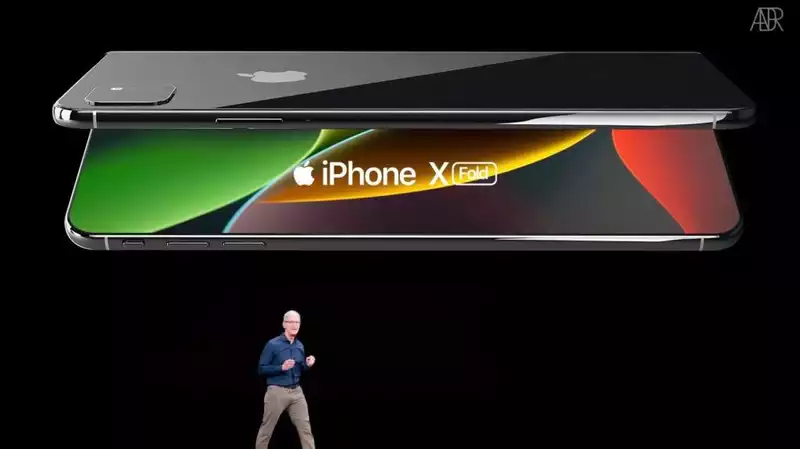Samsung's Galaxy Fold 2, rumored to be a major upgrade over the original, may be in serious competition with Apple's future foldable iPhone thanks to Apple's latest battery patent
The patent is titled "Flexible Battery Structure," and it describes how Apple could make a series of bendable power cells for inclusion in a foldable device or for installation in a fixed display product in a smaller space potential designs feature
As described in the patent, batteries are typically large, inflexible components that are very dangerous to bend under normal circumstances Currently, foldable phones tend to have two smaller-than-average batteries on each side of the fold This allows the phone to bend normally and have a reasonable battery life, at the expense of being given extra internal space for the dual battery arrangement
Apple's approach is to split the battery into smaller sections and attach them to a flexible base This is ideal for the current foldable phone style we have seen in devices like the Samsung Galaxy Fold, Samsung Galaxy Z Flip, and Motorola's Razr 2020
In this version, the battery is pushed into the main housing along with the other major components The display is then pulled out of this frame, aided by one or more cylindrical rollers This is a very different kind of foldable device from anything we have seen before, but one that works beautifully with this new battery design
While a foldable iPhone may be years away, Samsung's Galaxy Fold 2 may be imminent; expected to launch in August, the Fold 2 will feature a new camera array from the Galaxy S20 Plus, 120Hz refresh rate, a larger display inside and out, and an S-Pen stylus to take full advantage of the large built-in screen, among other major upgrades
We are eagerly awaiting the iPhone 12 again this year, although it will be some time before a foldable iPhone is available This new series of premium iPhones will include three different sizes in four models, with the top-of-the-line Pro version likely to feature a 120Hz display, 5G connectivity, a new Apple-designed CPU, and a new rear LiDAR depth-sensing camera










Comments